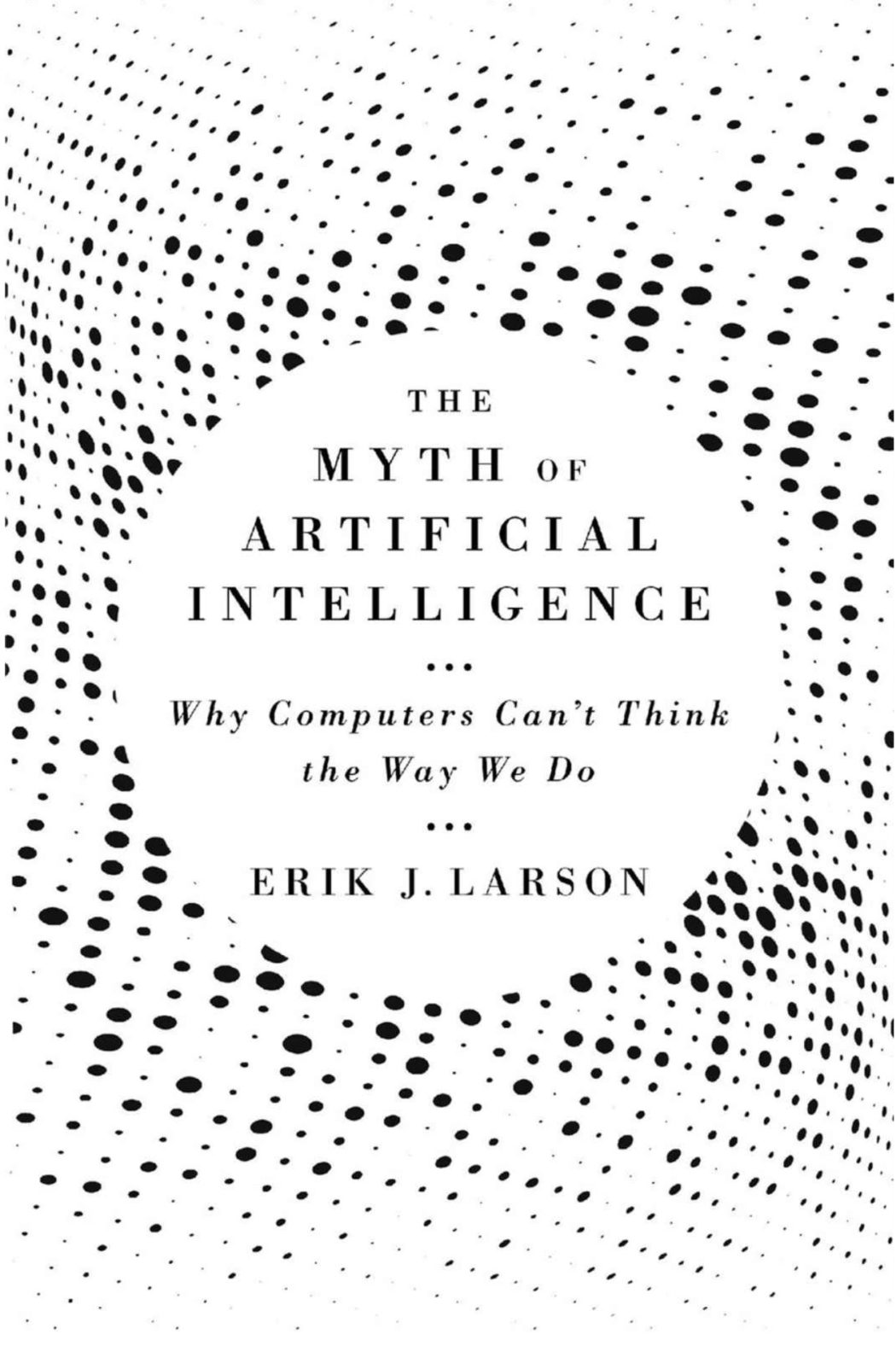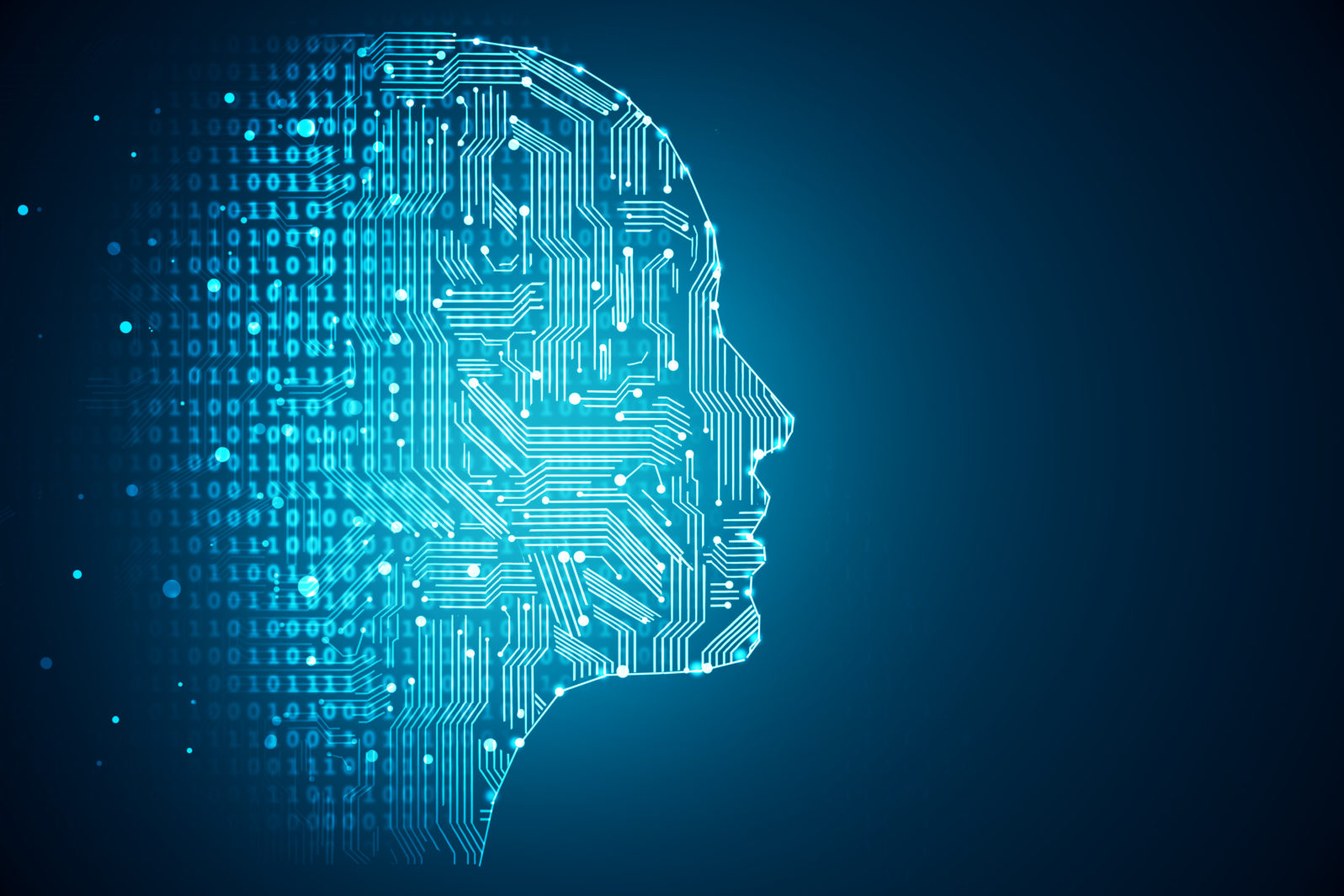Artificial Intelligence: Unseating the Inevitability Narrative
World-class chess, Go, and Jeopardy-playing programs are impressive, but they prove nothing about whether computers can be made to achieve AGI
Back in 1998, I moderated a discussion at which Ray Kurzweil gave listeners a preview of his then forthcoming book The Age of Spiritual Machines, in which he described how machines were poised to match and then exceed human cognition, a theme he doubled down on in subsequent books (such as The Singularity Is Near and How to Create a Mind). For Kurzweil, it is inevitable that machines will match and then exceed us: Moore’s Law guarantees that machines will attain the needed computational power to simulate our brains, after which the challenge will be for us to keep pace with machines..
Kurzweil’s respondents at the discussion were John Searle, Thomas Ray, and Michael Denton, and they were all to varying degrees critical of his strong AI view. Searle recycled his Chinese Room thought experiment to argue that computers don’t/can’t actually understand anything. Denton made an interesting argument about the complexity and richness of individual neurons and how inadequate is our understanding of them and how even more inadequate our ability is to realistically model them computationally. At the end of the discussion, however, Kurzweil’s overweening confidence in the glowing prospects for strong AI’s future were undiminished. And indeed, they remain undiminished to this day (I last saw Kurzweil at a Seattle tech conference in 2019 — age seemed to have mellowed his person but not his views).
Erik Larson’s The Myth of Artificial Intelligence (published by Harvard/Belknap) is far and away the best refutation of Kurzweil’s overpromises, but also of the hype pressed by those who have fallen in love with AI’s latest incarnation, which is the combination of big data with machine learning. Just to be clear, Larson is not a contrarian. He does not have a death wish for AI. He is not trying to sabotage research in the area (if anything, he is trying to extricate AI research from the fantasy land it currently inhabits). In fact, he has been a solid contributor to the field, coming to the problem of strong AI, or artificial general intelligence (AGI) as he prefers to call it, with an open mind about its possibilities.
Keys Under a Light Post
The problem, as he sees it with the field, is captured in the parable of the drunk looking for keys under a light post even though he dropped them far from it because that’s where the light is. In the spirit of this parable, Larson makes a compelling case that actual research on AI is happening in those areas where the keys to artificial general intelligence simply cannot exist. But he goes the parable even one better: because no theory exists of what it means for a machine to have a cognitive life, he suggests it’s not clear that artificial general intelligence even has a solution — human intelligence may not in the end be reducible to machine intelligence. In consequence, if there are keys to unlocking AGI, we’re looking for them in the wrong places; and it may even be that there are no such keys.
Larson does not argue that artificial general intelligence is impossible but rather that we have no grounds to think it must be so. He is therefore directly challenging the inevitability narrative promoted by people like Ray Kurzweil, Nick Bostrom, and Elon Musk. At the same time, Larson leaves AGI as a live possibility throughout the book, and he seems genuinely curious to hear from anybody who might have some good ideas about how to proceed. His central point, however, is that such good ideas are for now wholly lacking — that research on AI is producing results only when it works on narrow problems and that this research isn’t even scratching the surface of the sorts of problems that need to be resolved in order to create an artificial general intelligence. Larson’s case is devastating, and I use this adjective without exaggeration.
I’ve followed the field of AI for four decades. In fact, I received an NSF graduate fellowship in the early 1980s to make a start at constructing an expert system for doing statistics (my advisor was Leland Wilkinson, founder of SYSTAT, and I even worked for his company in the summer of 1987 — unfortunately, the integration of LISP, the main AI language back then, with the Fortran code that underlay his SYSTAT statistical package proved an intractable problem at the time). I witnessed in real time the shift from rule-based AI (common with expert systems) to the computational intelligence approach to AI (evolutionary computing, fuzzy sets, and neural nets) to what has now become big data and deep/machine learning. I saw the rule-based approach to AI peter out. I saw computational intelligence research, such as conducted by my colleague Robert J. Marks II, produce interesting solutions to well-defined problems, but without pretensions for creating artificial minds that would compete with human minds. And then I saw the machine learning approach take off, with its vast profits for big tech and the resulting hubris to think that technologies created to make money could also recreate the inventors of those technologies.
A Philosopher and a Programmer
Larson comes to this project with training as a philosopher and as a programmer, a combination I find refreshing in that his philosophy background makes him reflective and measured as he considers the inflated claims made for artificial general intelligence (such as the shameless promise, continually made, that it is just right around the corner — is there any difference with the Watchtower Society and its repeated failed prophecies about the Second Coming?). I also find it refreshing that Larson has a humanistic and literary bent, which means he’s not going to set the bar artificially low for what can constitute an artificial general intelligence.
The mathematician George Polya used to quip that if you can’t solve a given problem, find an easier problem that you can solve. This can be sound advice if the easier problem that you can solve meaningfully illuminates the more difficult problem (ideally, by actually helping you solve the more difficult problem). But Larson finds that this advice is increasingly used by the AI community to substitute simple problems for the really hard problems facing artificial general intelligence, thereby evading the hard work that needs to be done to make genuine progress. So, for Larson, world-class chess, Go, and Jeopardy-playing programs are impressive as far as they go, but they prove nothing about whether computers can be made to achieve AGI.
Larson presents two main arguments for why we should not think that we’re anywhere close to solving the problem of AGI. His first argument centers on the nature of inference, his second on the nature of human language. With regard to inference, he shows that a form of reasoning known as abductive inference, or inference to the best explanation, is for now without any adequate computational representation or implementation. To be sure, computer scientists are aware of their need to corral abductive inference if they are to succeed in producing an artificial general intelligence. True, they’ve made some stabs at it, but those stabs come from forming a hybrid of deductive and inductive inference. Yet as Larson shows, the problem is that neither deduction, nor induction, nor their combination are adequate to reconstruct abduction. Abductive inference requires identifying hypotheses that explain certain facts of states of affairs in need of explanation. The problem with such hypothetical or conjectural reasoning is that that range of hypotheses is virtually infinite. Human intelligence can, somehow, sift through these hypotheses and identify those that are relevant. Larson’s point, and one he convincingly establishes, is that we don’t have a clue how to do this computationally.
The Problem of Human Language
His other argument for why an artificial general intelligence is nowhere near lift-off concerns human language. Our ability to use human language is only in part a matter of syntactics (how letters and words may be fit together). It also depends on semantics (what the words mean, not only individually, but also in context, and how words may change meaning depending on context) as well as on pragmatics (what the intent of the speaker is in influencing the hearer by the use of language). Larson argues that we have, for now, no way to computationally represent the knowledge on which the semantics and pragmatics of language depend. As a consequence, linguistic puzzles that are easily understood by humans and which were identified over fifty years ago as beyond the comprehension of computers are still beyond their power of comprehension. Thus, for instance, single-sentence Winograd schemas, in which a pronoun could refer to one of two antecedents, and where the right antecedent is easily identified by humans, remain to this day opaque to machines — machines do no better than chance in guessing the right antecedents. That’s one reason Siri and Alexa are such poor conversation partners.
The Myth of Artificial Intelligence is not just insightful and timely, but it is also funny. Larson, with an insider’s knowledge, describes how the sausage of AI is made, and it’s not pretty — it can even be ridiculous. Larson retells with enjoyable irony the story of Eugene Goostman, the Ukranian 13-year-old chatbot, who/which through sarcasm and misdirection convinced a third of judges in a Turing test, over a five-minute interaction, that it was an actual human being. No, argues Larson, Goostman did not legitimately pass the Turing test and computers are still nowhere near passing it, especially if people and computers need to answer rather than evade questions. With mirth, Larson also retells the story of Tay, the Microsoft chatbot that very quickly learned how to make racist tweets, and got him/itself just as quickly retired.
Distinguishing Humans from Gorillas
And then there’s my favorite, Larson’s retelling of the Google image recognizer that identified a human as a gorilla. By itself that would not be funny, but what is funny is what Google did to resolve the problem. You’d think that the way to solve this problem, especially for a tech giant like Google, would be simply to fix the problem by making the image recognizer more powerful in its ability to discriminate humans from gorillas. But not Google. Instead, Google simply removed all references to gorillas from the image recognizer. Problem solved! It’s like going to a doctor with an infected finger. You’d like the doctor to treat the infection and restore the finger to full use. But what Google did is more like a doctor just chopping off your finger. Gone is the infection. But — gosh isn’t it too bad — so is the finger.
We live in a cultural climate that loves machines and where the promise of artificial general intelligence assumes, at least for some, religious proportions. The thought that we can upload ourselves onto machines intrigues many. So why not look forward to the prospect of them doing so, especially since some very smart people guarantee that machine supremacy is inevitable. Larson in The Myth of Artificial Intelligence successfully unseats this inevitability narrative. After reading this book, believe if you like that the singularity is right around the corner, that humans will soon be pets of machines, that benign or malevolent machine overlords are about to become our masters. But know that such a belief is unsubstantiated and that neither science nor philosophy backs it up.
